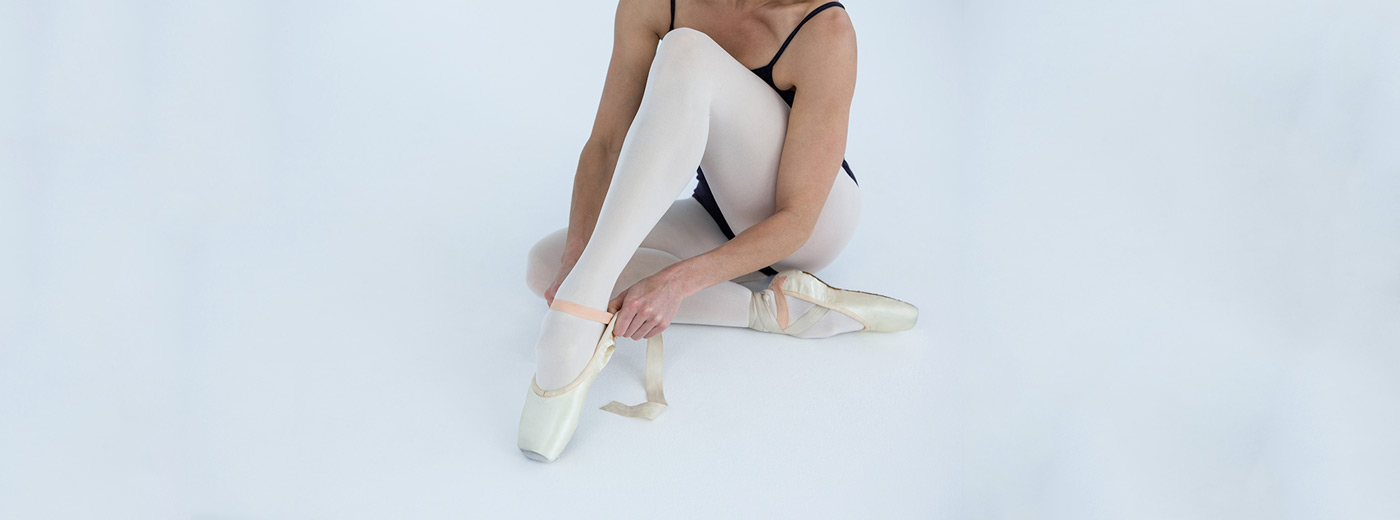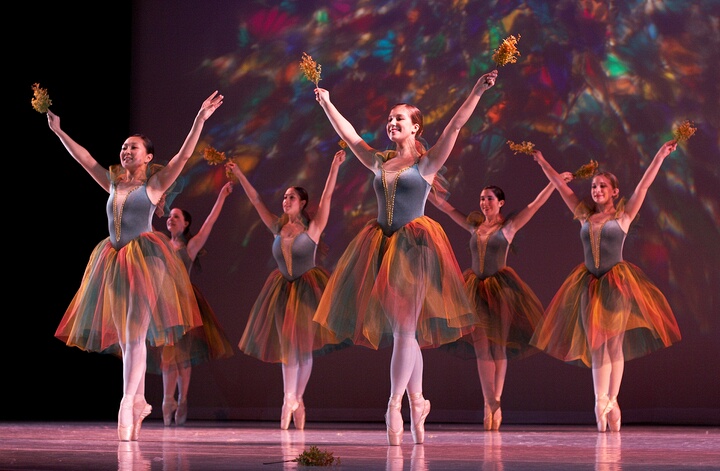POINTE
To begin pointe training students must be physically mature. Most children are ready sometime between the ages of 11 and 12. Ultimately it is the instructor who decides whether a student is ready for pointe work. Most students need at least four years of serious ballet training before they are technically ready (pre-ballet is not considered part of this training). Students who take pointe are required to take a minimum of two 90-minute technique classes a week in addition to their pointe class. Students interested in beginning pointe training for the first time may elect to be evaluated for consideration at the beginning of the academic year. Those who pass physical readiness examinations may begin training en pointe.
WHEN CAN A DANCER GO ON POINTE?
Read more …
Additional Information
If you have any questions about our dance classes, levels and placement please don’t hesitate to get in touch with us. We are always available via email at contact@premierdance.org, and we can be reached by phone at 860.232.2990. If you are interested in reading a bit more about how your dancer can get involved with our program, please explore the following pages:





